Fishing Report: The fleeing flea has returned, but will it survive this week's big blow?
Among those in the know, most local anglers trace the lack of sand fleas to a nasty nor’easter that pummeled our shores in November of 2021.
Most, not all. More on that shortly.
The sand flea — a versatile and therefore highly popular bait along coastlines and even inshore — loves to play in the shallow waters along the tide’s edge. They happily flow in with the waves — “weeee” — but the wave retreats, exposes the flea, and fun gives way to panic as the sand flea burrows a hole and disappears.
Show of hands, who hasn’t wanted to do that from time to time?
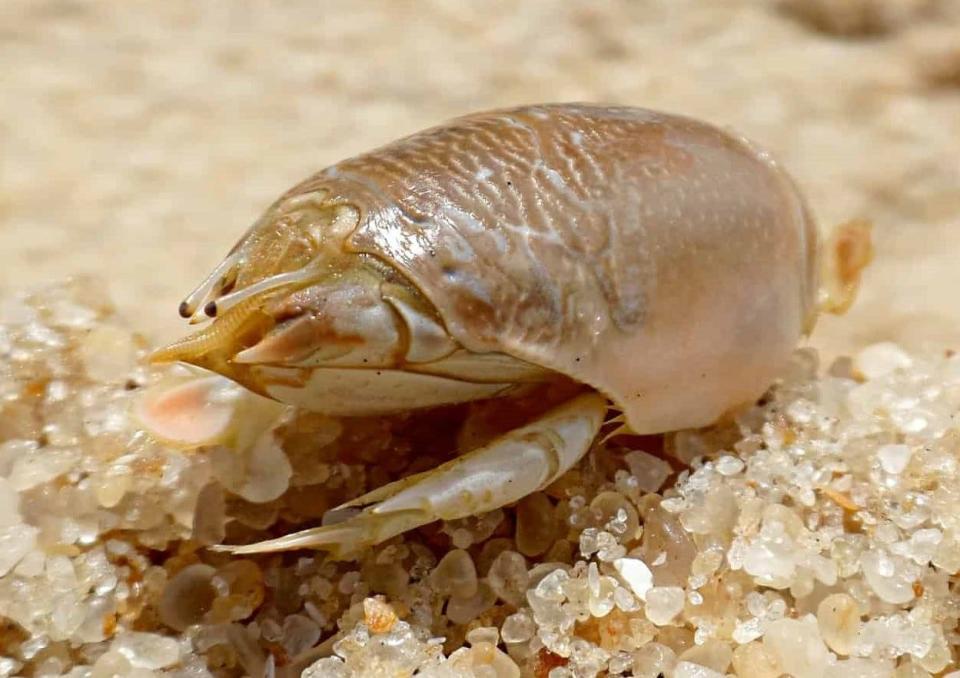
Things aren’t always better out in deeper water for the sand flea. Turns out, the flea is a favorite snack for one of the most coveted coastal fish out there — the pompano. But it’s not just the pompano, but many other shellfish-craving swimmers lust for the flea because, we’re told, they’re dandy fare.
Well, first came talk of the sand fleas returning “up north,” as in Flagler County. Down on this side of the county line, along the shore, some surf-anglers were importing fleas — either heading up to gather some themselves or, you know, maybe they know a guy who knows a guy.
Eventually, yes, sand fleas began rooting around our Volusia County beaches and, lo and behold, showing up again in area bait shops.
“In the past couple weeks, they’ve been abundant enough for the commercial guys to harvest them again,” says Craig Patterson, who owns and operates Donald’s Bait & Tackle on the Port Orange Causeway.
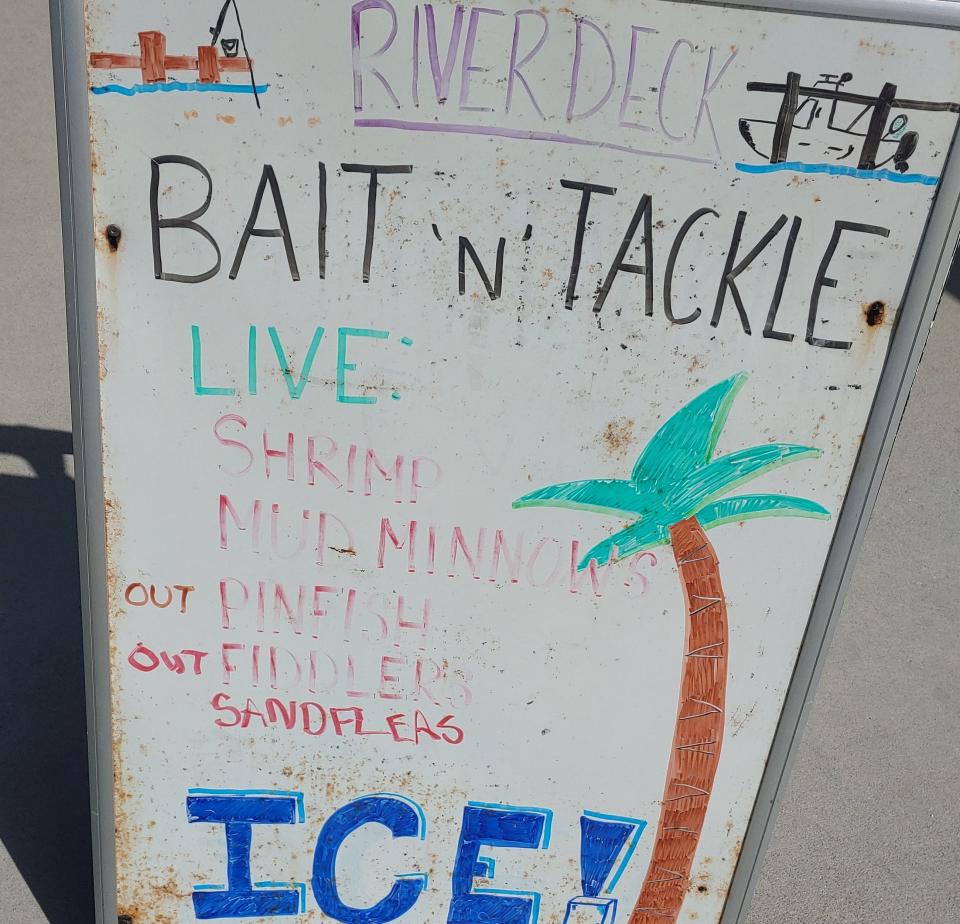
“Pompano is the most popular fish they’re used for, with sheepshead a close second,” Craig says. “But redfish, black drum and mangrove snapper love them, too.”
Fresh and alive is better, always, but some fishermen see no dropoff in performance with frozen fleas. And with their hard bodies and shell, they’re not so prone to slipping off the hook.
Maybe best of all, this is the one tried-and-true bait you can catch yourself without a boat, without a castnet and, frankly, without much effort. Yes, a flea rake makes life much easier for Uncle Ed and his cranky spine, but turn it into a game for the kids, and before you know it, you’re filling up a bucket.
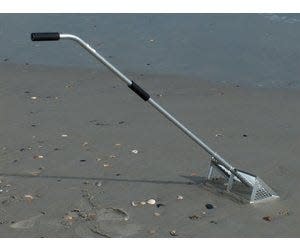
Plenty of research online will tell you how to handle and fish with the flea — either that day or in the future — so never overlook this funky little beauty.
But also, don’t take the flea for granted. They disappeared on us before, and some are fearful of what this past week’s strong northeast winds might’ve done to the flea population as the scarred coastline was once again pummeled.
“Hopefully, the high tides don’t affect them in a negative way,” Patterson says.
Remember how we said most locals blame the 2021 nor’easter?
In Palm Coast, Capt. Mike Vickers blames those pesky unintended consequences. He says beach renourishment, all with good intentions, had a negative impact.

“We’re trucking in fine-grain sand, and sand fleas thrive in coarse sand,” he says. “Fine-grain sand compacts and smothers them. The storms simply pull this sand down off the dunes and out into the surf, covering the preferred coarse sand, causing the kills.”
Pumping coarse sand in for replenishment would be better and more natural, Capt. Mike suggests — “let nature rebuild its ecology” — but it’s also more expensive.
Depressed yet? Well, here’s more. The sand fleas that began showing up again have been rather small, and in a perfect world would’ve been left alone to grow in size and number. The world ain’t perfect.
The coming week and better weather will tell us what, if anything, the recent onslaught did to the fledgling sand flea population.
It’s not often you pull for a flea, you know.
Halifax/Indian River
Over the past several days, you had to really want to be on the water to be on the water. Maybe it was your only day off in a month. Maybe friends were in town for just a day and really wanted to get out there.
Or maybe you’re a professional guide and have bills to pay.
At ramps and marinas up and down the intracoastal, customers with offshore hopes and dreams were being told of changes in plans — there’s no getting out of the inlet in these winds, so we’re staying inshore, tucking tight to the mangroves, and letting the snapper and amberjack live to see another day.
“Well, the wind started cranking along with some rain here and there, making it a little tougher to fish some areas, but fishing has been productive,” says Capt. Jeff Patterson (Pole Dancer). “Quite a few pompano in the river between Daytona and the inlet.”
Capt. Jeff also says undersized reds are being found in small clusters, while jacks and ladyfish are still in a springtime frenzy. After dark, bridges and piers are still a gathering spot for snook.
Capt. Billy Pettigrew (RedfishTails.com) looks on the bright side during weeks like this.
“With the high water and these winds, the water won't be dirty, which is a good thing,” he says. “This wind helps take pressure off the fish. With both high winds and water, it will move the fish around, so we’re gonna need to do a little searching. But once you find them they should be chewing.”
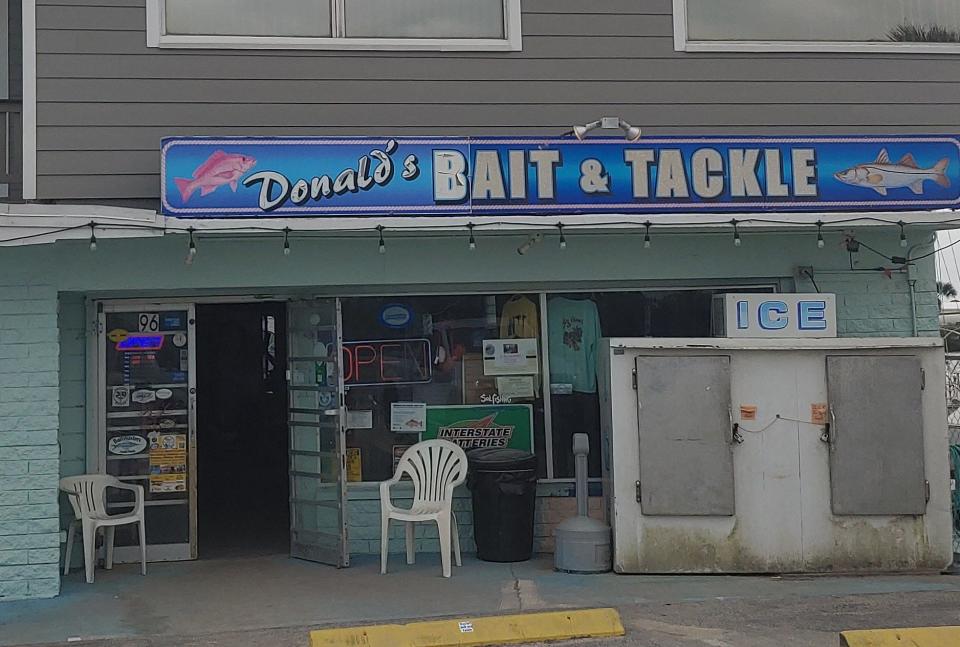
As things improve Friday and Saturday, you should easily (OK, fairly easily) find mangrove snapper around the Dunlawton bridge, either from boat or the fishing pier, says Craig Patterson.
Trout will go after live shrimp, and croakers should be attracting snook, Craig says.
“Other regular inshore catches are pompano, red and black drum, sheepshead and flounder,” Craig says of the springtime norm. “Bonnethead sharks are also being caught from the Dunlawton piers and flat bridge.”
Surf
Longer-range forecasts suggest Sunday could be a washout, but before and after looks pretty good, especially compared to this week’s tree-bending howls.
“There’s been no fishing this week on the beaches that I can tell,” Marco Pompano tells us. “The wind is ferocious, with gusts up to 40. The currents are moving much too fast for any weights to hold, and the waves are gigantic.
“It’s too bad, because the fish were really biting very well a few days ago."
Flagler
Just as we can’t fight City Hall, fish can’t fight nature’s flexing of leverage.
“Since the storm and high water, the river has been a rough go and the fish and bait is pushed up in the back of the creeks, canals, and flats,” says Capt. Mike Vickers. “After this week, expect this pattern to hold until the water levels start to drop.”
When sanity ensues, he adds, expect the usual April menu to present itself, including reds, trout, snook and hopefully the first serious signs of tarpon.
Same goes for Matanzas Inlet, where some talk of nearshore kingfish was being heard, and where rays around the inlet were signaling a flow of cobia into the area.
St. Johns
“You can catch fish out there. They’re still catching specks. Not burning it up, but you can still catch some.”
So says Capt. James Hillman (Highland Park in DeLand), who’s awaiting more favorable conditions and some targeting of the sporty shellcracker in the coming week or two.
Shellcracker are the kinda-sorta jack crevalle of freshwater panfish, only better tasting. In the panfish lineup, shellcracker would bat cleanup. Its power and pull separates it from the others.
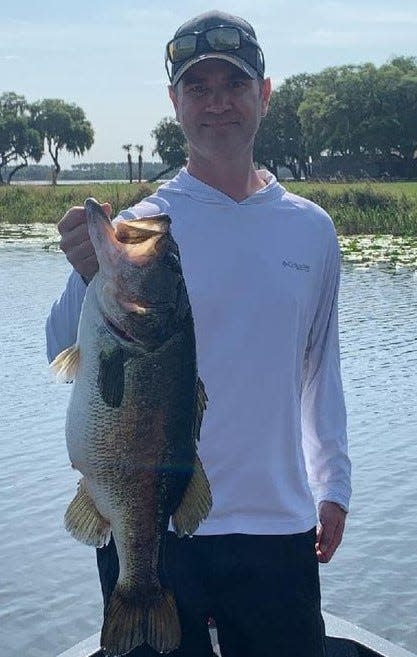
“They’re a little bigger and fight about twice as hard,” Capt. James says. “If they got up to 5, 6, 7 pounds, you never could catch one. You couldn’t handle it.”
Capt. James was glad to see some rain come in, and is hoping for more. The canals and lakes need it, he says.
“We haven’t had much rain over here since November,” he says, pointing back to last fall’s hurricanes that swelled the St. Johns to historic heights.
“We went from water being five feet over the docks, to now, where you can grow a garden in ’em.”
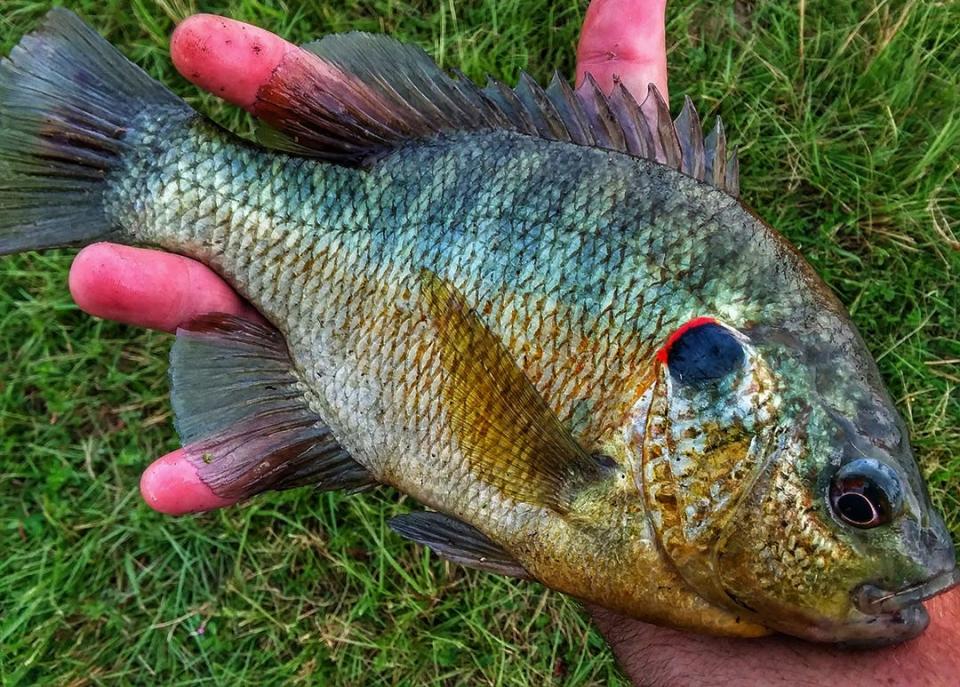
Not so fast and loose with the rain hopes, says Kerry McPherson several miles north in Astor. Kerry spent most of the late fall and winter drying out and cleaning his South Moon Fish Camp, just north of the Astor bridge. He’s all for needed rain, but let’s not overdo it.
His water level has been up due to those strong east winds, which always reverse the St. Johns flow, pushing the water from north to south and, along the way, reversing the fortunes of even the best anglers.
“The wind has messed everything up,” Kerry says. “Last week, everything was good. Had guys catching specks, limiting out, limiting on bream … stripers did very well. We also had a full moon, so everything turns on.”
In the coming weeks, his welcome mat will go out for the steady flow of out-of-state fishermen who come in like clockwork for a couple of freshwater delights.
“Bluegill and shellcracker are next,” Kerry says.
And completing our northbound run, up Crescent City way, Thomas Delaney says the bluegill were already showing themselves, with water temps hitting the low-80s.
“I’m curious to see how this front affects them,” says Thomas, who has been playing cat-and-mouse with this past week’s gusts.
“You can find areas to wiggle your way out of it,” he says.
Offshore tournament
Another reminder of the 22nd annual Offshore Challenge, coming April 21, 22 and 23, and sponsored by the Halifax Sport Fishing Club in Port Orange.
Wahoo, mahi and king mackerel are the targets, and participating captains can fish just one of the tournament’s three days.
More info at the club’s website: HSFC.com.
Hook, line and clicker: Send us your fish pics
We want to see your most recent catch. Email your fish photos to ken.willis@news-jrnl.com.
Please include first and last name of angler(s), as well as type of fish (we're occasionally stumped). All are included with our online fishing report, and some occasionally make the print edition.
Do I need a fishing license?
You can find all the license info, including exemptions, on Florida's Fish and Wildlife Commission website: MyFWC.com. But the basics are: No: If you're 65 or older, 15 or younger, you don't need a license. No: If you're fishing with a licensed guide or charter boat, both of which purchase commercial licenses that cover their customers. Yes: Most everyone else, including visitors from other states. Yes: Even if you're a shore-based angler (shoreline, dock, pier, bridge, etc.). However: The shore-based license is free . . . But: You still need to register for that free license.
Where do I get a license and what does it cost?
Many bait shops sell licenses, as do the bigger retailers (Bass, Dick's, Walmart, etc.). Florida's FWC uses a third-party site for buying or renewing fishing licenses: GoOutdoorsFlorida.com. The cost: $17 for an annual license. Don't forget: Whether you're fishing fresh or saltwater, you need the specific license. Freshwater and saltwater licenses are both $17 annually.
I’m here on vacation, do I need a license?
Yes you do, and they're also available at GoOutdoorsFlorida.com or certain bait shops and big retailers. Cost: $17 for three days, $30 for seven days, $47 for a year.Also: Non-residents need to purchase that license even if they're just fishing from shoreline or shore-based structures. (Florida residents need that license, too, but they're free.)
This article originally appeared on The Daytona Beach News-Journal: Will the sand flea flee again? Or will they survive recent nor'easter?

